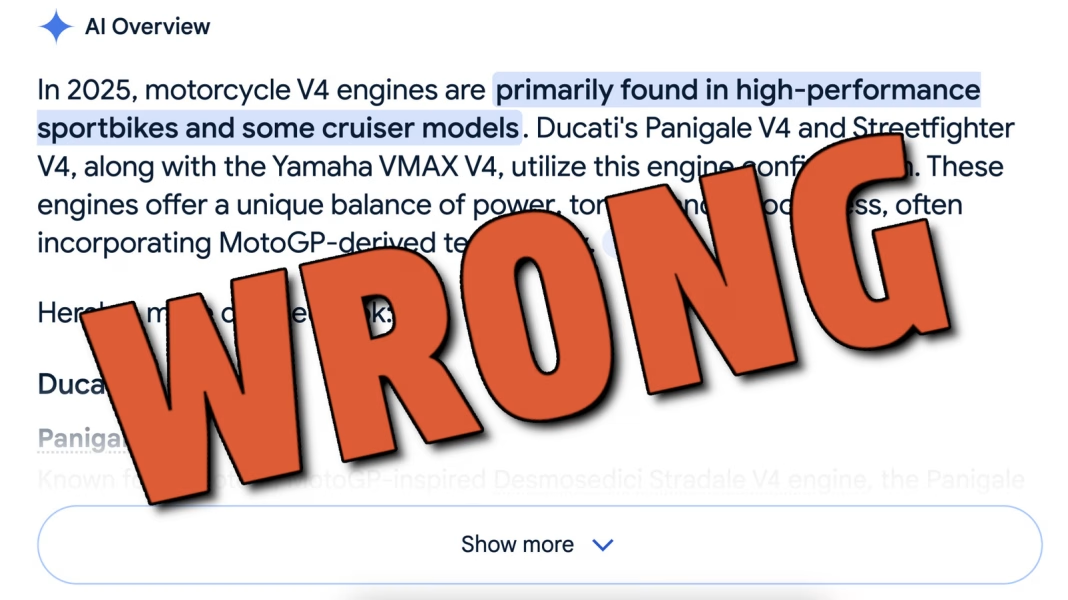Google has long been synonymous with quick, reliable information. Remember the days when you could type a question into the search bar and get back a list of trustworthy sources in mere seconds? It felt like having the world’s knowledge at your fingertips. But now, as artificial intelligence takes center stage, the landscape is shifting. The concern? AI doesn’t inherently understand “truth.” Instead, it generates responses based on patterns and data, which can lead to misinformation slipping through the cracks.
What’s Happening with AI and Information Accuracy?
The rise of AI in search engines like Google has transformed how we access information. While AI can process vast amounts of data and provide answers almost instantaneously, it lacks the human ability to discern fact from fiction. This is particularly troubling in a world where misinformation can spread like wildfire. For instance, you might find yourself reading about a motorcycle that doesn’t exist, simply because an AI-generated article picked up on a trend without verifying the details.
This phenomenon isn’t just limited to obscure topics. Even mainstream queries can yield results that are misleading or entirely false. The algorithms that power these AI systems are designed to optimize for engagement, often prioritizing sensationalism over accuracy. This shift raises an important question: how do we navigate this new reality where the line between fact and fiction is increasingly blurred?
How Can You Spot Misinformation?
With the flood of information available, it’s crucial to develop a keen eye for spotting inaccuracies. Here are some practical tips to help you sift through the noise:
1. **Check the Source**: Always consider where the information is coming from. Established news outlets or academic publications typically have rigorous editorial standards. If you’re reading a blog or a lesser-known site, do a quick background check.
2. **Cross-Reference Information**: Don’t take everything at face value. Look for multiple sources that confirm the same information. If you can’t find corroboration, it’s a red flag.
3. **Be Wary of Sensational Headlines**: If a headline seems too outrageous to be true, it probably is. Sensationalism is a tactic used to drive clicks, often at the expense of accuracy.
4. **Look for Citations**: Credible articles will usually cite their sources. If you see claims without any backing, it’s worth questioning their validity.
5. **Trust Your Instincts**: If something feels off, it probably is. Our intuition can often guide us in the right direction, so don’t ignore that gut feeling.
What Can We Do About It?
As users, we have a role to play in this evolving landscape. Engaging critically with the information we consume is more important than ever. By being proactive in our search habits, we can help mitigate the spread of misinformation.
Moreover, it’s essential for tech companies to prioritize accuracy in their algorithms. Google and others must find ways to balance the efficiency of AI with the necessity of truth. This could involve refining their systems to better recognize credible sources or implementing stricter guidelines for content generation.
The big takeaway? Navigating the world of AI-generated information isn’t about perfection—it’s about smarter adjustments. Start with one change this week, like verifying a source before sharing an article, and you’ll likely spot the difference by month’s end. In a sea of information, let’s strive to be informed, discerning consumers.


